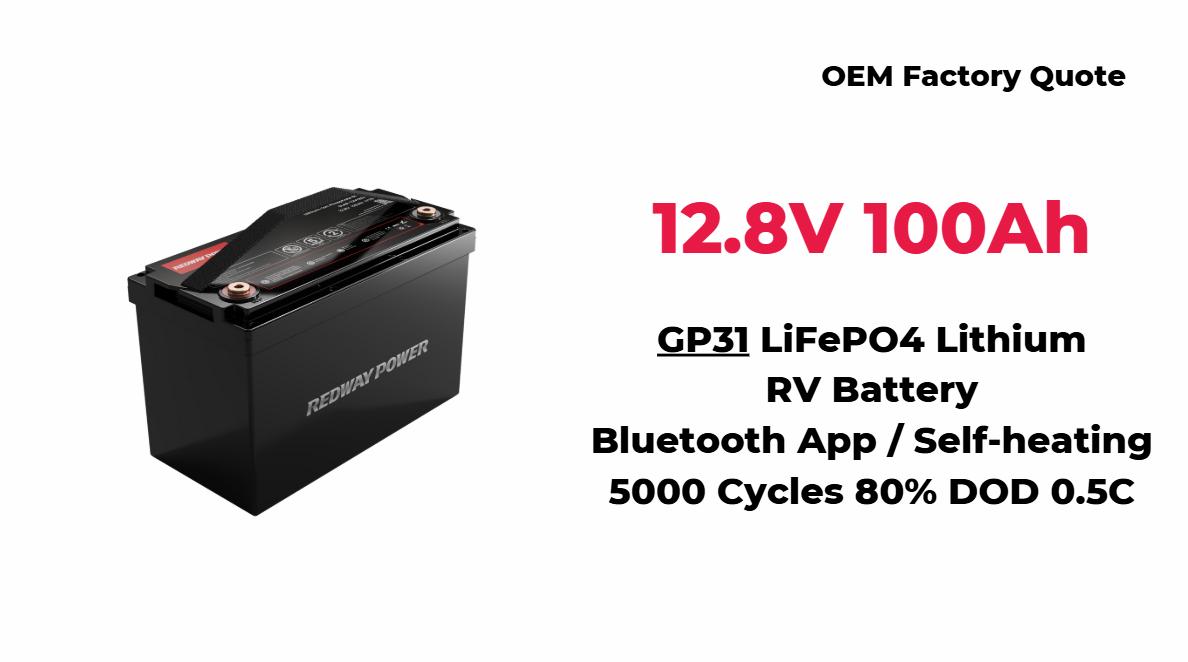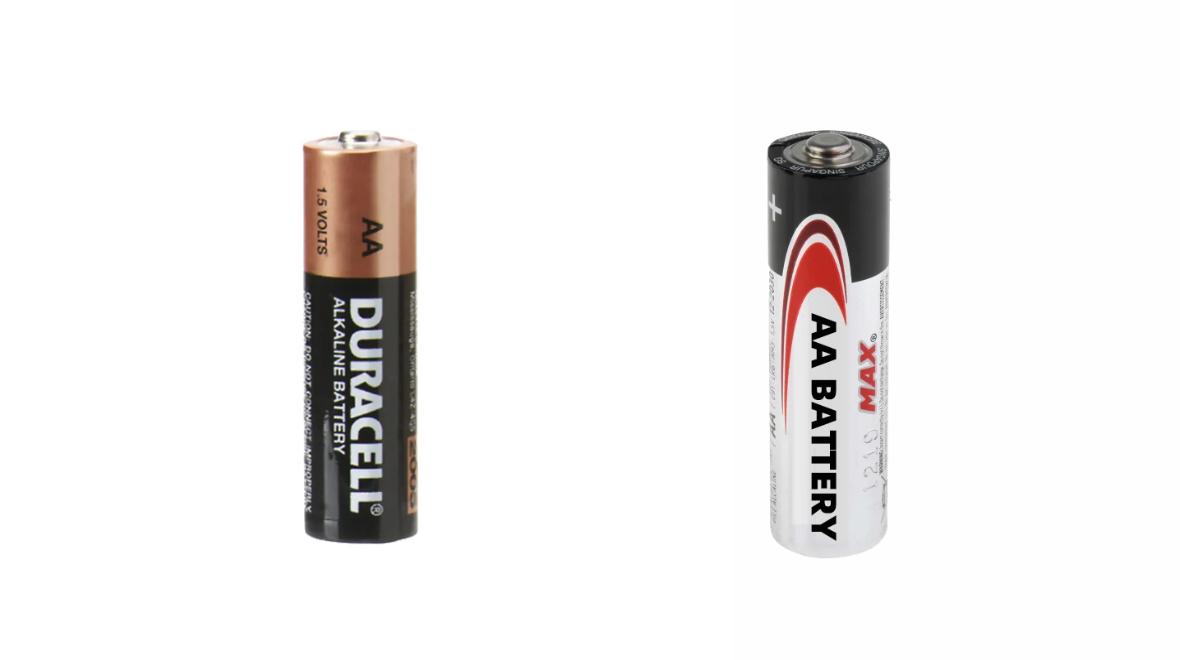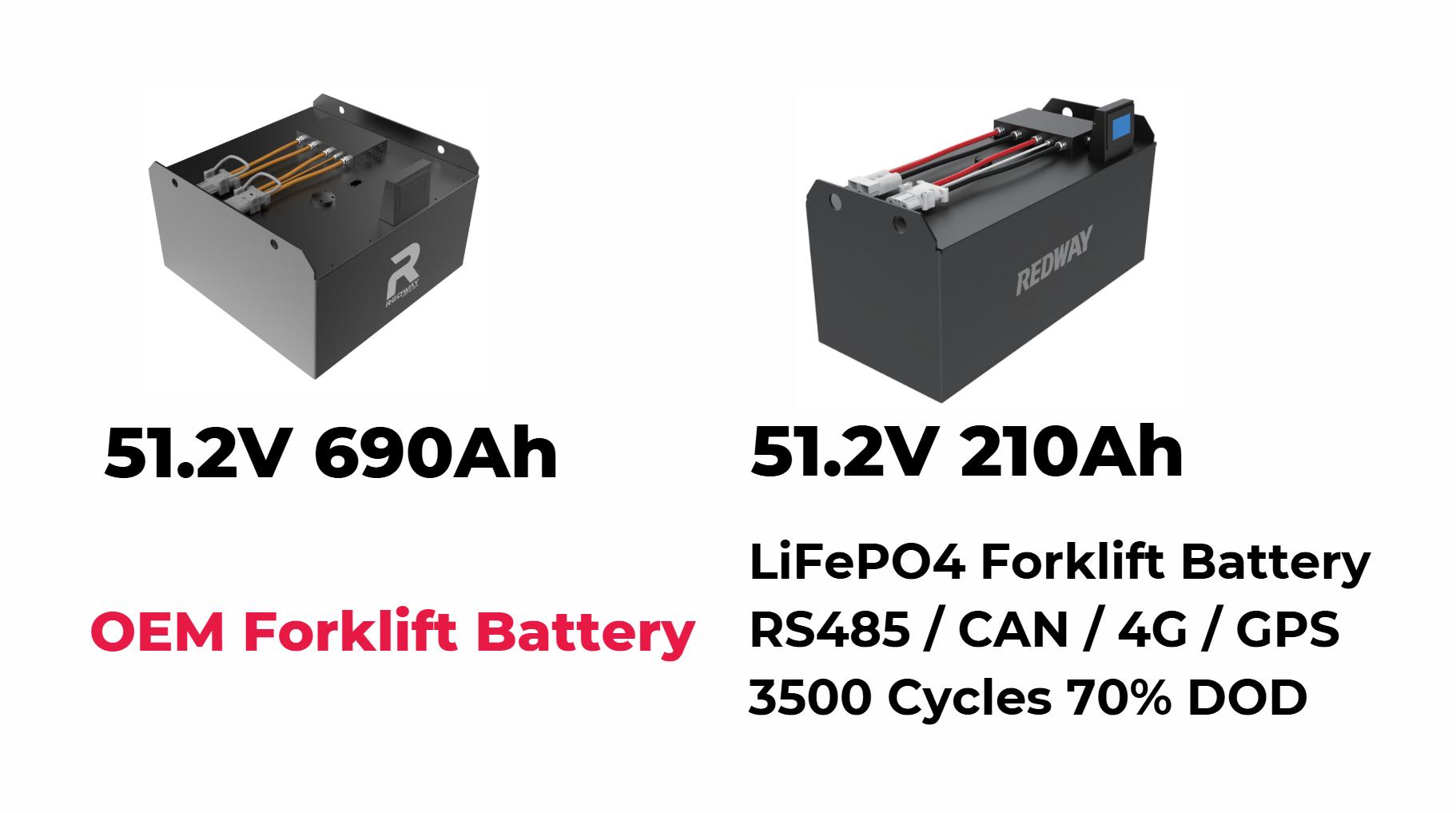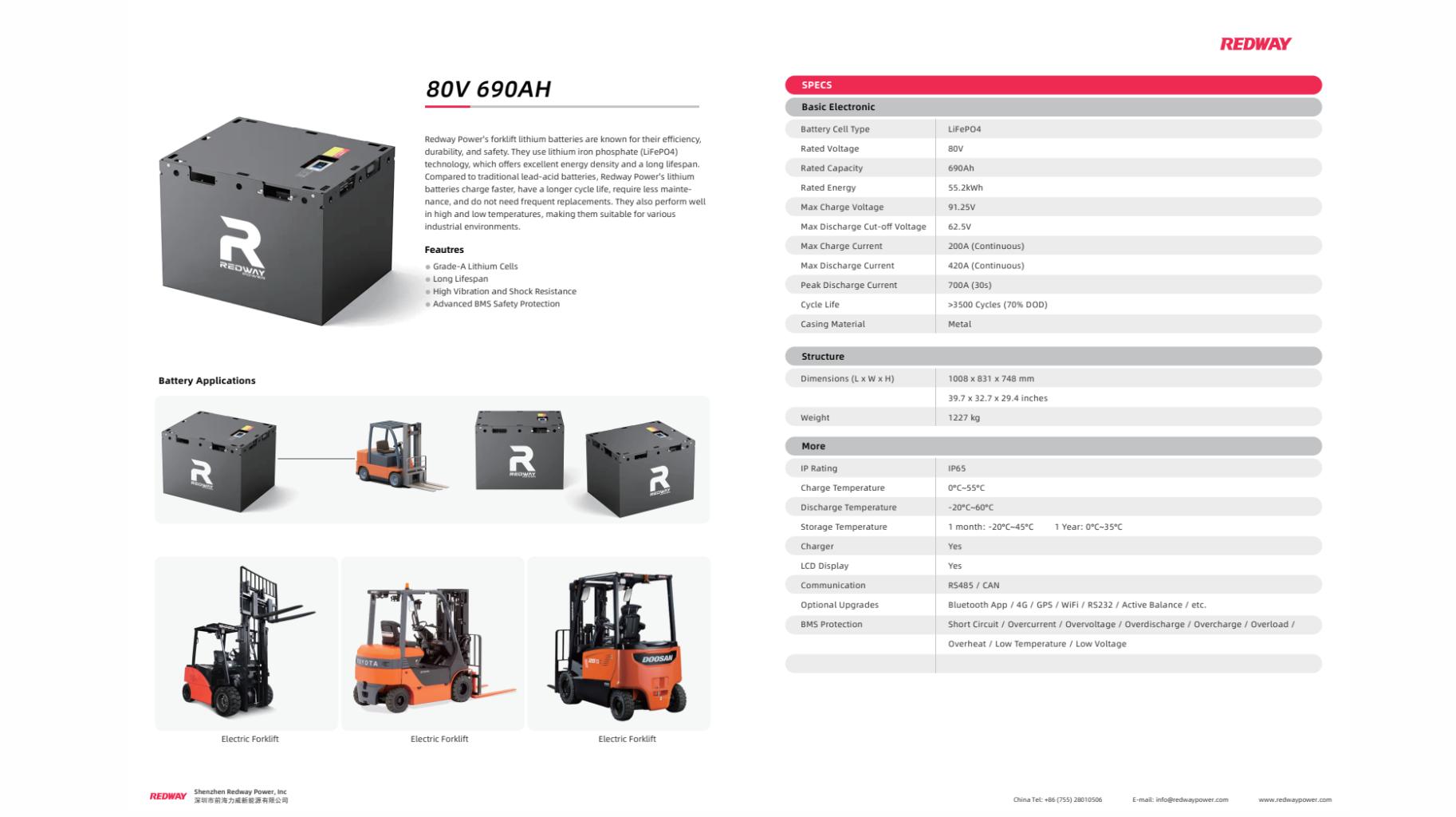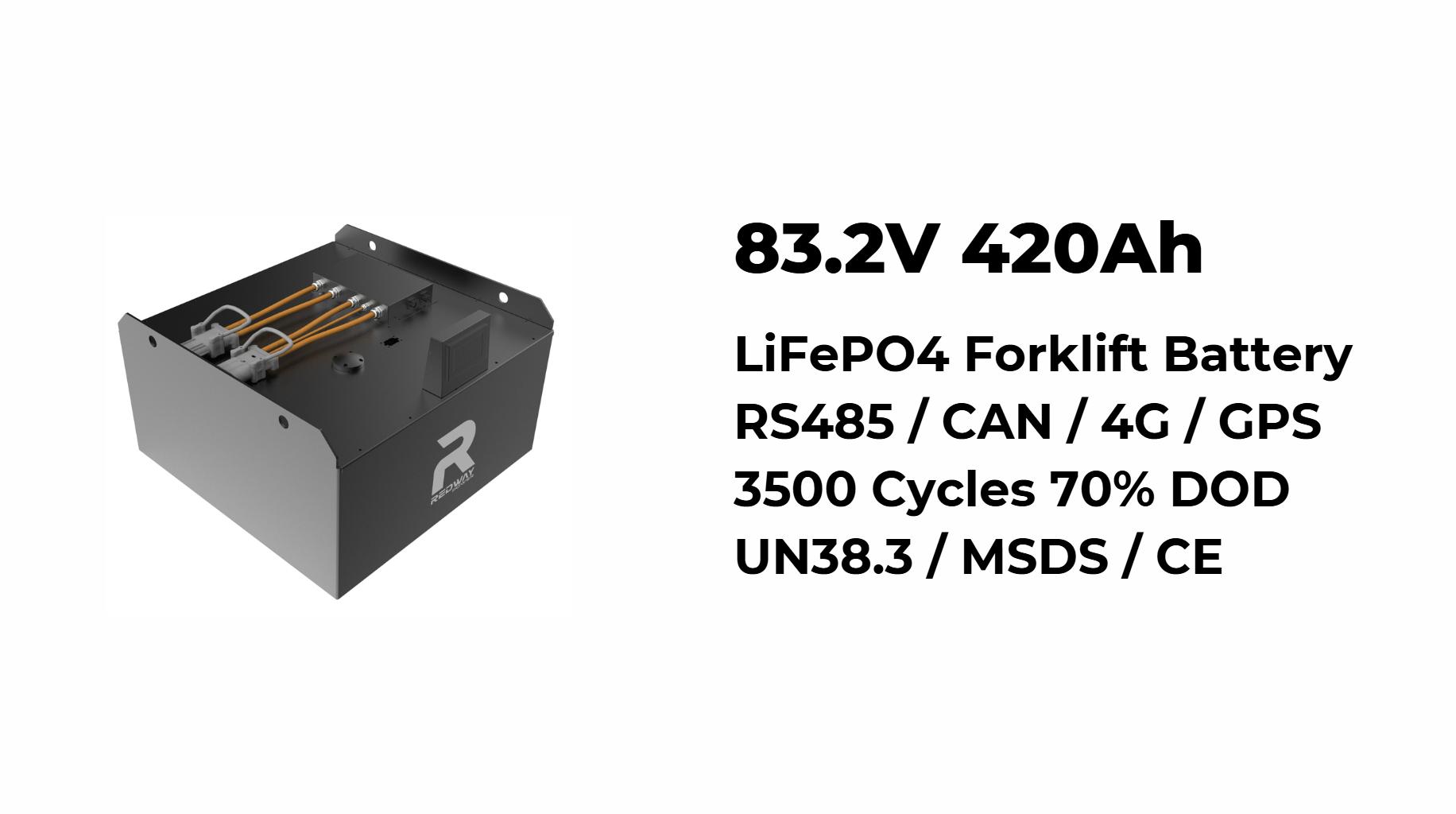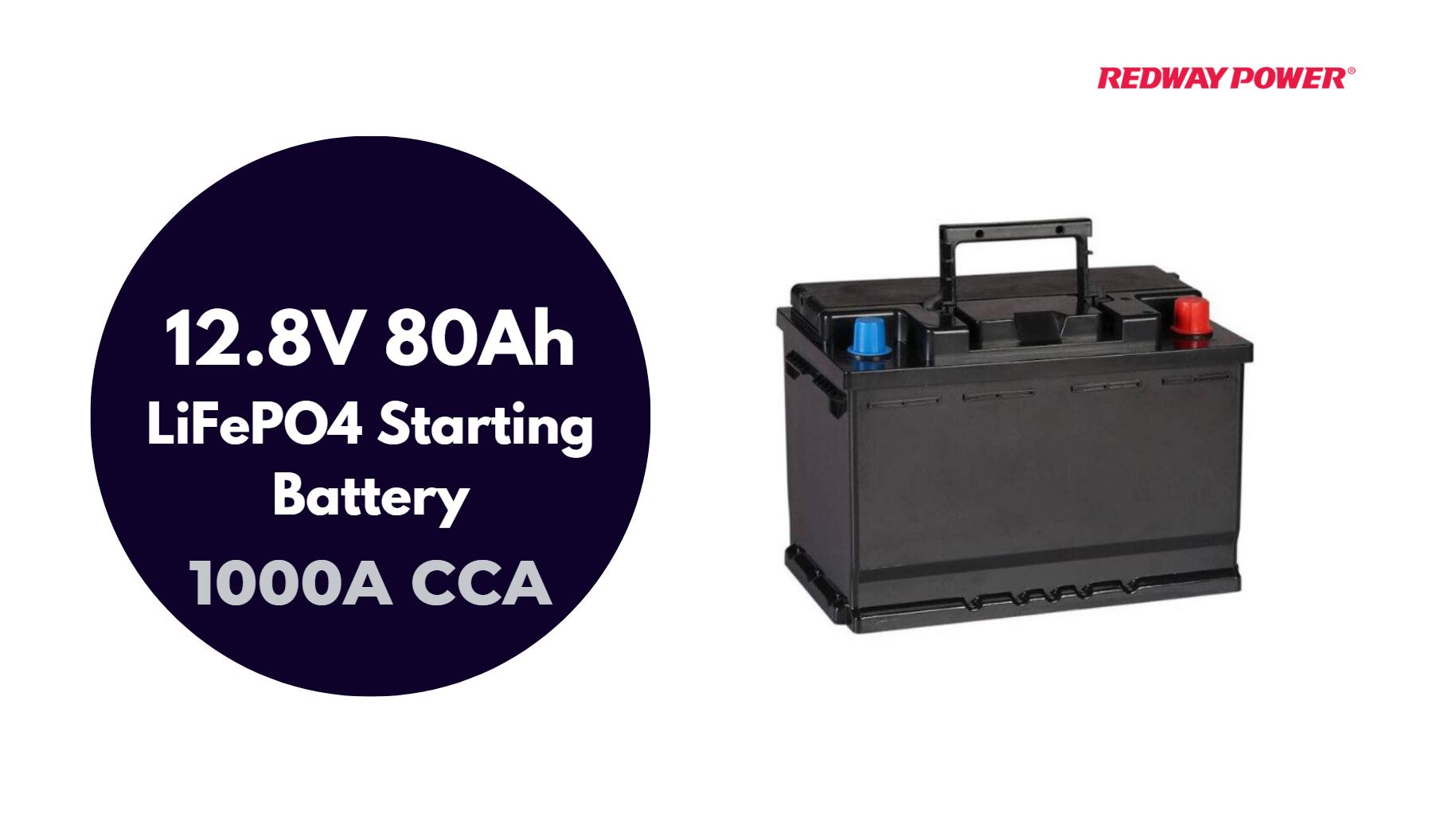Choosing the right car battery for your 2014 Dodge Grand Caravan is essential for optimal performance and reliability. Understanding how to read a battery size chart, what group numbers mean, and specific requirements will help ensure you select the correct auto battery size.
How Do You Read a Battery Size Chart?
Reading a battery size chart involves understanding various specifications that indicate compatibility with your vehicle. These charts typically include dimensions, group sizes, and terminal configurations, helping you identify which battery will fit your car’s designated space.
To read a battery size chart effectively, focus on these key categories:
- Battery Group Numbers: These numbers indicate the physical dimensions and terminal placements of the battery, ensuring you select a battery that fits your vehicle’s battery tray and cable connections. These are commonly BCI (Battery Council International) group sizes that are two numbers, or two numbers and a letter. In some cases, more than one BCI group size can fit a vehicle.
- Cold Cranking Amps (CCA): CCA measures a battery’s ability to start an engine in cold temperatures. A higher CCA rating means better performance in cold weather. Similar BCI group sizes will usually have a minimum CCA rating, although higher capacity options are common.
When referencing a battery size chart, compare the group size recommended by your vehicle manufacturer to find a compatible battery. Ensure the dimensions and terminal types match. Using the wrong group-size battery in your car can lead to electrical issues, such as a dead battery or difficulty starting the engine, and can also cause damage to other parts of the vehicle if it doesn’t fit properly.
Example of Reading a Battery Size Chart
| Group Size |
CCA |
RC (min) |
Ah |
Terminal Type |
Voltage |
Features |
| 35 |
650 |
120 |
50 |
Top Post |
12V |
Maintenance-Free |
| 24F |
800 |
140 |
55 |
Top Post |
12V |
AGM, Spill-Proof |
| H6 |
760 |
150 |
70 |
Top Post |
12V |
EFB, Start-Stop |
- Group 35: Fits many cars, has 650 CCA, 120 minutes of reserve capacity, and is maintenance-free.
- Group 24F: Higher CCA (800) and reserve capacity (140 minutes), with AGM technology for better performance.
- Group H6: Designed for start-stop vehicles, with 760 CCA and 150 minutes of reserve capacity.
What Are the Different Types of Battery Group Numbers?
Battery group numbers are standardized designations provided by the Battery Council International (BCI) that indicate specific dimensions and terminal configurations of batteries.
Here are some common BCI battery groups:
- Group 24: Known for its versatility and compatibility with many vehicles and equipment, with dimensions of 10.25 x 6.8125 x 8.875 inches (26 x 17.3 x 22.5 cm).
- Group 27: Slightly larger than Group 24, providing higher power output for demanding applications, with dimensions of 12.0625 x 6.8125 x 8.875 inches (30.6 x 17.3 x 22.5 cm).
- Group 31: Heavy-duty option designed for high-performance vehicles and industrial use, with dimensions of 13 x 6.8125 x 9.4375 inches (33 x 17.3 x 24 cm).
- Group 48: Considered equivalent to DIN/EN battery groups labeled as H6, L3, and 66L3, with physical dimensions of 278 x 175 x 190 mm.
- Group 65: This has dimensions of 12.0625 x 7.5 x 7.5625 inches (30.6 x 19 x 19.2 cm).
BCI group sizes are used across the automotive industry to ensure proper battery fitment for each vehicle. Retailers use the BCI group size when replacing a customer’s battery to ensure proper fit and performance. Using the wrong group-size battery in your car can lead to electrical issues and damage to the vehicle.
Understanding these group numbers is crucial when selecting a car battery for your 2014 Dodge Grand Caravan.
What Is Cold Cranking Amps (CCA) and Why Is It Important?
Cold Cranking Amps (CCA) measures a battery’s ability to start an engine in cold temperatures. A higher CCA rating indicates better performance in cold weather conditions, which is particularly important in regions with harsh winters.
| CCA Rating |
Suitable Temperature |
| 600 |
-20°F |
| 750 |
-10°F |
| 800 |
0°F |
Recommended CCA Ratings by Vehicle Type
| Vehicle Type |
Recommended CCA |
| Compact Cars |
400-600 |
| Sedans |
600-800 |
| SUVs |
700-900 |
| Trucks |
800-1,000 |
| Diesel Engines |
1,000+ |
|
How Do You Determine Your Car Battery Size?
To determine your car battery size, refer to your vehicle’s owner manual or consult an online battery size chart specifically designed for your model, such as the car battery for the 2014 Dodge Grand Caravan size chart.
To determine the correct car battery size, consider the following methods:
- Check Your Vehicle’s Manual: The most reliable way is to check your vehicle’s owner’s manual for the recommended BCI group size. The manual will specify the exact battery type and size suitable for your car model.
- Use a Battery Size Chart: Battery size charts provide information on physical dimensions, terminal placements, and CCA. Compare the group size recommended by your vehicle manufacturer to find a compatible battery, ensuring the dimensions and terminal types match.
- Measure the Battery Tray: Measure the dimensions of your vehicle’s battery tray to ensure the new battery fits properly. Note the length, width, and height to find a matching battery size.
- Consider the CCA Rating: Ensure the cold cranking amps (CCA) rating meets or exceeds the vehicle’s requirements, especially if you live in a cold climate. A higher CCA rating ensures better performance in cold weather.
- Check Terminal Placement: Note the position of the terminals (top or side) and their polarity (positive and negative) to ensure they align correctly with your vehicle’s cables.
- Reference JIS or DIN Codes: For Japanese or European cars, check the JIS (Japanese Industrial Standard) or DIN (Deutsches Institut für Normung) codes, respectively. These codes provide specific details about the battery’s size, performance, and terminal position.
What Are Common Car Battery Sizes for Different Models?
Here are some common car battery sizes for different models: BCI Group Sizes:
- Group 24: (10 ¼” x 6 13/16” x 8 ⅞” / 260 x 173 x 225 mm) Commonly found in Acura, Infiniti, Honda, Nissan, Lexus, and Toyota models.
- Group 24F: (10 ¾” x 6 13/16” x 9”/ 273 x 173 x 229 mm) Also used in Acura, Infiniti, Honda, Nissan, Lexus, and Toyota vehicles.
- Group 25: (9 1/16” x 6 ⅞” x 8 ⅞” / 230 x 175 x 225 mm) Found in Toyota, Honda, Nissan, Mazda, Subaru, Acura, Lexus, and Infiniti models.
- Group 34: (10 ¼” x 6 13/1″6 x 7 ⅞” / 260 x 173 x 200 mm) Used in some Dodge, Chrysler, and GM vehicles.
- Group 35: (9 1/16” x 6 ⅞” x 8 ⅞” / 230 x 175 x 225 mm) Common in Honda, Nissan, Toyota, and Subaru vehicles. The Group-35 Battery is also called Q85, and can also work for Group-24; it is just 1-inch less wide. It is often found in Japanese Cars and Trucks from Toyota, Nissan, Mitsubishi, Subaru, Acura, and in some older American Cars.
- Group 51: (9 ⅜” x 5 1/16” x 8 ¾” / 238 x 129 x 223) Found in Honda, Acura, Toyota, Lexus, Mazda, and Volvo models.
- Group 51R: (9 ⅜” x 5 1/16” x 8 ¾” / 238 x 129 x 223) Used in Acura, Honda, Toyota, Lexus, Infiniti, and Nissan vehicles. It can actually be used as a smaller/lighter version of the Group-35 for racing being it is same height and length, just narrower front to back.
- Group 52: (7 5/16” x 5 13/16” x 8 ¼” / 186 x 147 x 210 mm) Used in Ford, Mercury, Lincoln, Mazda, and Toyota models.
- Group 58: (10 1/16” x 7 3/16” x 6 15/16” / 255 x 183 x 177 mm) Found in Mercedes, BMW, Audi, Volkswagen, Porsche, Volvo, Land Rover, Jaguar, and Ford vehicles.
- Group 58R: (10 1/16” x 7 3/16” x 6 15/16” / 255 x 183 x 177 mm) Used in select BMW, Mercedes, Audi, Volkswagen, and Porsche models.
- Group 59: (10 1/16”x 7 ⅝” x 7 ¾” / 255 x 193 x 196 mm) Mercedes, BMW, Audi, Porsche, Land Rover, Jaguar, Volvo.
- Group 65: (12 1/16” x 7 9/16” x 7 9/16” / 306 x 192 x 192 mm) Found in Ford, Lincoln, and Mercury models.
European Car Batteries (“H” Series):
- H5 (Also called Group 47).
- H6 (Also called Group 48).
- H7 (Also called Group 94R).
- H8 (Also called Group 49).
H6 and H7 are essentially interchangeable and are the most common in modern cars, fitting most European cars and many modern American cars. Most all European Cars use one of 4 battery sizes. The H5, H6, H7, H8 are used in about 95% of all European cars. The European cars can often use ANY of these sizes in the vehicle because the battery mounts are standardized to fit the WIDTH (front to back measurement) of these batteries and they are ALL the same WIDTH and HEIGHT, only the LENGTH (left to right) varies.
How Do You Choose a Compatible Battery for Your Vehicle?
To choose a compatible battery, match the BCI group size, CCA rating, and battery type (AGM, flooded, or lithium) with your vehicle’s requirements. Consider climate conditions and driving habits to ensure optimal performance and longevity.
Choosing a compatible battery involves considering factors such as:
- Vehicle Specifications: Always check your owner’s manual.
- Group Size: Ensure it matches one from the recommended list.
- CCA Ratings: Select based on climate conditions.
What Is a BCI Group Size and Its Significance?
BCI (Battery Council International) group size standardizes battery dimensions, terminal locations, and power capacity. It ensures batteries fit properly in vehicles without modifications. Choosing the correct BCI group prevents installation issues and ensures reliable power delivery. Know more HERE.
What Does BCI Group Size Include?
The BCI Group Size specifies:
- Physical Dimensions:
- Terminal Configuration:
- Terminal type (top post, side post, or L-terminal).
- Terminal placement (left or right side, front or back).
- Battery Type:
- Starting batteries, deep-cycle batteries, or dual-purpose batteries.
Why Is BCI Group Size Significant?
- Ensures Proper Fit:
- The BCI Group Size ensures the battery will physically fit in your vehicle’s battery tray. Using the wrong size can lead to installation issues or damage to the vehicle.
- Terminal Compatibility:
- The group size specifies the terminal type and placement, ensuring the battery terminals align with your vehicle’s cables.
- Electrical Compatibility:
- While the group size primarily refers to physical dimensions, it is often associated with batteries that meet the electrical requirements (e.g., CCA, Ah) for specific vehicles.
- Simplifies Battery Selection:
- By using the BCI Group Size, you can quickly narrow down compatible batteries for your vehicle without worrying about measurements or compatibility issues.
- Industry Standard:
- The BCI Group Size is widely recognized and used by battery manufacturers, retailers, and automotive professionals, making it easier to find the right battery.
How to Find the Correct BCI Group Size
- Check Your Vehicle’s Owner’s Manual:
- The manual typically specifies the recommended BCI Group Size for your vehicle.
- Look at Your Current Battery:
- The group size is usually printed on the battery label (e.g., “Group 35,” “Group 24F,” “Group 65”).
- Use Online Tools:
- Many auto parts stores and battery manufacturers offer online lookup tools where you can enter your vehicle’s make, model, and year to find the correct group size.
- Consult a Professional:
- If you’re unsure, visit a local auto parts store or mechanic for assistance.
Common BCI Group Sizes
Here are some examples of common BCI Group Sizes and their typical applications:
| Group Size |
Common Applications |
| 24, 24F |
Honda, Acura, Toyota, Nissan, and other sedans. |
| 35 |
Popular in many cars, SUVs, and light trucks. |
| 65 |
Larger vehicles like trucks and SUVs. |
| 75 |
GM vehicles, trucks, and SUVs. |
| 34/78 |
Dual-terminal batteries for various vehicles. |
| H6 (L3) |
European cars, luxury vehicles, and start-stop systems. |
| H8 (L5) |
Larger European cars and SUVs. |
Key Considerations
- Climate: In colder climates, you may need a battery with a higher CCA rating within the same group size.
- Vehicle Modifications: If your vehicle has been modified (e.g., added electronics), you may need a battery with higher capacity or a different group size.
- Battery Type: Ensure the battery type (e.g., standard, AGM, EFB) matches your vehicle’s requirements, especially for start-stop or hybrid vehicles.
How Do Temperature and Conditions Affect Car Batteries?
Extreme temperatures impact battery performance. Cold weather reduces CCA, making it harder to start the engine, while hot weather accelerates chemical degradation, shortening battery life. Proper maintenance and climate-specific batteries help optimize performance.
Expert Views
“Choosing the right car battery is not just about fitting it into your vehicle; it’s about ensuring optimal performance under various conditions,” says Alex Templeton, Director at Stryten Energy. “Always refer to your owner’s manual and consider local climate conditions when selecting your battery.”
Conclusion
Selecting the right car battery for your 2014 Dodge Grand Caravan involves understanding various factors including dimensions, group sizes, CCA ratings, and overall compatibility with your vehicle’s specifications. By consulting this guide and referring to relevant charts, you can make informed decisions that enhance your vehicle’s reliability and longevity.
FAQ Section
What is the best car battery for a 2014 Dodge Grand Caravan?
The best car battery should match the recommended specifications found in your owner’s manual or reliable online resources.
How can I find my car’s specific battery size?
You can find your car’s specific battery size by checking its owner’s manual or using an online car battery size chart.
Can I use any group size battery in my vehicle?
Using an incorrect group size can lead to performance issues or damage; always select based on manufacturer recommendations.

